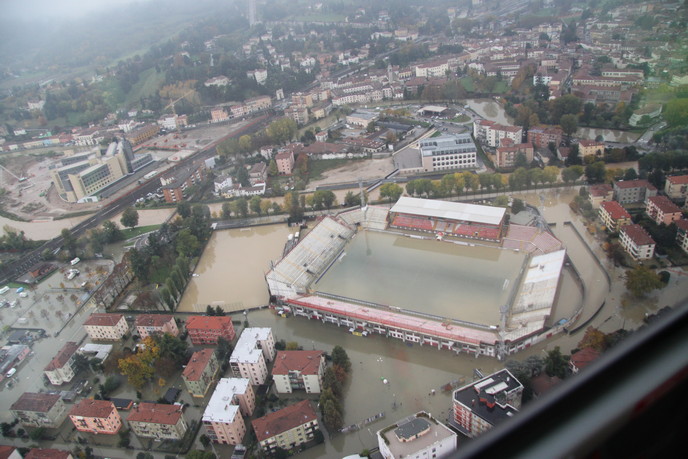New solutions to encryption: keeping data safe in the face of onslaught of quantum computation
Quantum computing is on the horizon and while it will usher in a new generation of computer applications, it will also threaten current methods of encryption. The EU-supported SAFEcrypto project is identifying next generation post-quantum cryptography to deal with the impact of quantum computation. “It’s not that quantum computers will break all crypto for ever more,” explains researcher,” says Prof. Máire O’Neill, Principal Investigator of the Centre for Secure Information Technologies at Queen’s University, Belfast, the institution hosting the project. “It’s a bit more nuanced than that.” Currently, communications are secured using symmetric and asymmetric cryptography. Symmetric cryptography will remain secure by simply increasing the size of the keys they use. However, the majority of asymmetric schemes used today are based on two mathematical hard problems. These will be broken when a universal quantum computer arrives as quantum algorithms already exist that will easily solve the two hard problems. “So we are working on forms of cryptography based on other types of math problem that can’t be solved easily by a quantum computer,” says Prof. O’Neill. Lattice-based cryptography is a promising approach. The crypto schemes in this area come equipped with security proofs that relate their security to hard geometry problems involving lattices: any regularly spaced grid of points stretching out to infinity. “The SAFEcrypto project set out to derive at least one practical, lattice-based, cryptographic construction for digital signatures; authentication suitable for hardware and software implementation,” explains Prof. Máire O’Neill, the project’s technical leader. SAFEcrypto delivered proof-of-concept demonstrations for three practical, real-world case studies. The first was network space-based entities where new methods are required due to the longevity of satellites, hence the public key solutions need to be secure for several decades. The second was a Smart Tag case study based on the needs of low-cost RFID sensor tags, tag readers and backend tracking applications. A highly efficient lattice-based IBE (Identity Based Encryption) scheme was demonstrated. The third domain was privacy-preserving, municipal data analytics, designed for collaborative analysis of large government-owned data sets. “Here key management is a major concern, so we integrated lattice-based key material into the KMIP protocol and demonstrated interworking with commercial key management servers,” says Prof. O’Neill. “The case studies all make use of the open source library of lattice-based algorithms that we implemented during the project, libsafecrypto which contains three algorithms submitted for standardisation. They clearly display the practical, robust and physically secure characteristics that underpin all the work undertaken in the SAFEcrypto project.” SAFEcrypto’s results are already being put into practice: Dell Technologies have adopted the SAFEcrypto risk and vulnerability assessment report. Thales Secure Information Systems (SIX) are also embracing the project’s outcomes. They are using the output of SAFEcrypto as the basis of their future quantum-safe strategy. “We are convinced that lattice-based schemes will be prevalent and the work of the SAFEcrypto project will become increasingly relevant in the years to come,” says Prof. O’Neill.
Keywords
SAFEcrypto, lattice-based cryptography, post-quantum cryptography, quantum computing, data security







